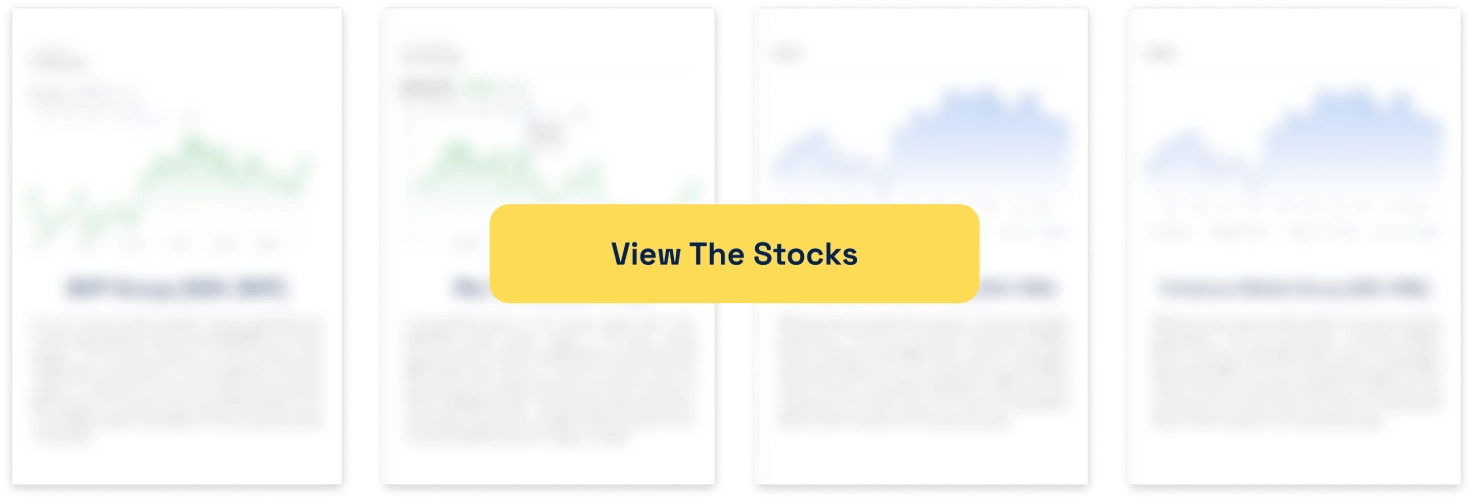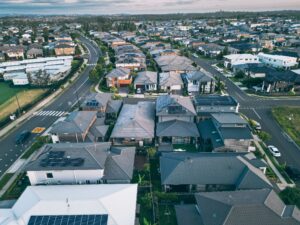Chinese steel demand is in irreversible decline and here’s why that’s bad news

Chinese steel demand is in irreversible decline. It is easy to either deny that is a fact or that it is a big deal. Simply put it is. We’d argue that if it weren’t the case, there’d be no need for a productivity summit like the one next month.
The government is realising that the mining boom and the large growth in government spending have covered up holes in the economy that need to be addressed. Now it may be a good thing that changes could come out of the summit, but the decline in Chinese steel demand has to be looked at.
Why Chinese Steel Demand Matters to Australia
Because iron ore is Australia’s largest export and China is the largest steep producer. Iron ore accounts for roughly one-third of Australia’s total exports, and China buys over 70% of Australia’s iron ore output. WA alone exported 950mt in 2024 – over 35% of the world’s total supply.
Moreover, China produces more than 50% of the world’s steel, using vast quantities of iron ore—most of which is imported. Australia has been the dominant supplier due to its high-grade ore and proximity to China.
Looking at it from the perspective of the Australian economy, Royalty income, tax revenues, jobs, and the value of the Australian dollar are all heavily influenced by iron ore demand and pricing, which are tied to Chinese steel production.
High steel demand and production have meant the budget bottom line has been better than it is, and thousands of jobs have been supported. But now, this is under threat.
Chinese steel demand looks to have peaked…
…And this likely happened during the pandemic. Several factors point toward a long-term structural decline in Chinese steel demand:
The most prominant include the slowdown in China’s property sector (highlighted by the Evergrande saga), urbanisation reaching saturation and slowing infrastructure investment. But even so, China has been investing in alternative sources (e.g., Africa’s Simandou project in Guinea) and developing domestic recycling capacity.
Moreover, the shrinking working-age population and a shift from heavy industry to services and technology reduce steel intensity have also played their part.
Don’t take our word for it. Even though demand appears strong, there was a 4.4% drop in demand last year and a 1.5% decline this year. Stockpiles at Chinese ports are expected to grow from 147Mt at last year’s end to 170Mt at the end of 2025.
In future years, China is keen to diversify into other sources of iron ore, including from the Simandou mine in Guinea which is 75% controlled by China and 25% owned by Rio Tinto. Continued production from Australia could see iron ore drop into the US$75-80/t band.
ASX mining giants are at risk
The most prominant is Fortescue (ASX:FMG) which is a pure-play iron ore company and has China as its largest customer. The Big 2 – BHP and Rio are vulnerable too, albeit to a lesser degree as both have alternative revenue streams and are diversifying away.
Of those two, BHP is at more risk given it is the world’s third-largest producer and lacks the alumina business Rio Tinto has. Moreover, Rio Tinto has a 25% stake in Simandou.
Other potentially vulnerable companies include Mineral Resources (ASX: MIN) but you could argue this is the least of the company’s problems. Not just because it has alternative commodity revenue streams, but the issues with its leadership.
You notice how we touched on how some companies are pivoting? That’s even true with pureplays. Fortescue’s Fortescue Future Industries (FFI) aims to pivot toward green hydrogen and decarbonisation technologies. FMG has even made some investments in listed peers.
It is plausible that larger producers may maintain profitability through operational efficiency even at lower prices. Yet, it is all about demand.
Conclusion
The terminal decline in Chinese steel demand would represent a seismic shift for Australia’s economy and its stock market, particularly for the major miners.
While some companies are taking steps to diversify, the sheer scale of reliance on Chinese demand means the transition could be rocky, especially for pure-play iron ore miners. And it could even by rocky for the entire economy. Investors in mining giants with exposure to iron ore exported to China need to know what their company’s ‘Plan B’ is.
What are the Best ASX Stocks to invest in right now?
Check our buy/sell tips

Blog Categories
Get Our Top 5 ASX Stocks for FY26
Recent Posts
Diversifying Portfolios with ASX Consumer Stocks: Opportunities and Risks
The ASX 200 has delivered significant volatility recently, and market participants observing the screens in 2025 understand the turbulence firsthand.…
Is Lendlease (ASX:LLC) out of the doldrums for good?
Lendlease (ASX:LLC) has for the past several years been the classic definition of a ‘value trap’. You think a good…
Here are the 2 most important stock market taxes that investors need to be aware on
As one of two certainties in life, investors need to be aware of stock market taxes. Investors may be liable…


